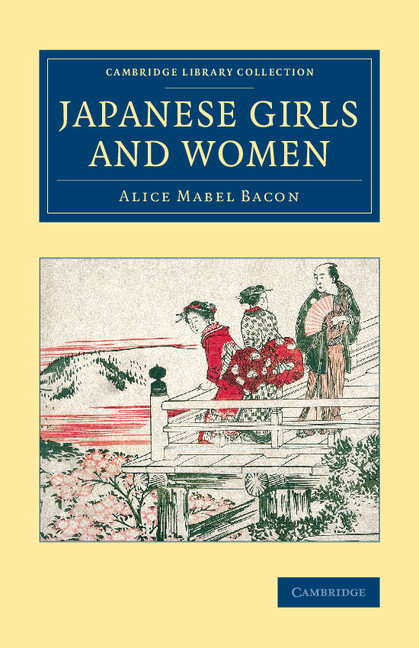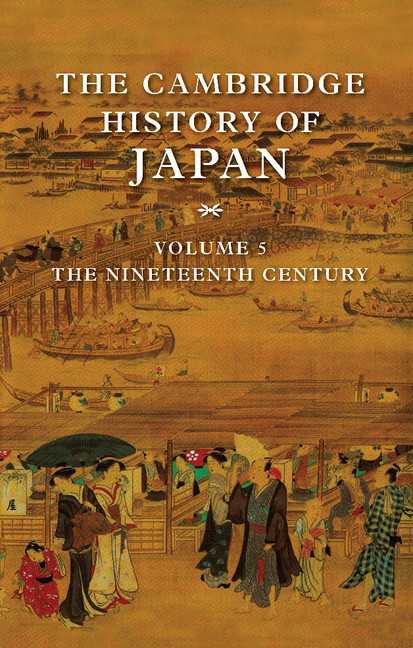Warrior Rule in Japan
Japan was ruled by warriors for the better part of a millenium. From the twelfth to the nineteenth century its political history was dominated by the struggle of competing leagues of fighting men. This paperback volume, comprised of chapters taken from volumes 3 and 4 of The Cambridge History of Japan, traces the institutional development of warrior rule and dominance. Fourteenth-century warfare weakened the aristocratic and clerical control over provincial estates, and the power of military governors grew steadily. By the eighteenth century, however, warrior rule had come full circle. Centuries of peace brought a transformation and bureaucratization of the samurai class. Although samurai malcontents resisted the Meiji Restoration, many of the Meiji government's leaders were former samurai, and warrior values remained central to the ethical code of modern Japan.
- Brings together selected chapters from the distinguished Cambridge History of Japan
- Rare in any language other than Japanese
Reviews & endorsements
"...an impressive bosy of work based on a sound use of primary sources and sophisticated analysis." Brij Tankha, The Medieval History Journal
Product details
September 1995Hardback
9780521482394
302 pages
234 × 156 × 18 mm
0.6kg
Available
Table of Contents
- Preface Marius Jansen
- 1. The Kamakura bakufu Jeffrey P. Mass
- 2. The decline of the Kamakura bakufu Ishii Susumu
- 3. The Muromachi bakufu John W. Hall
- 4. The Bakuhan system John W. Hall
- 5. The Han Harold Bolitho
- Index.











